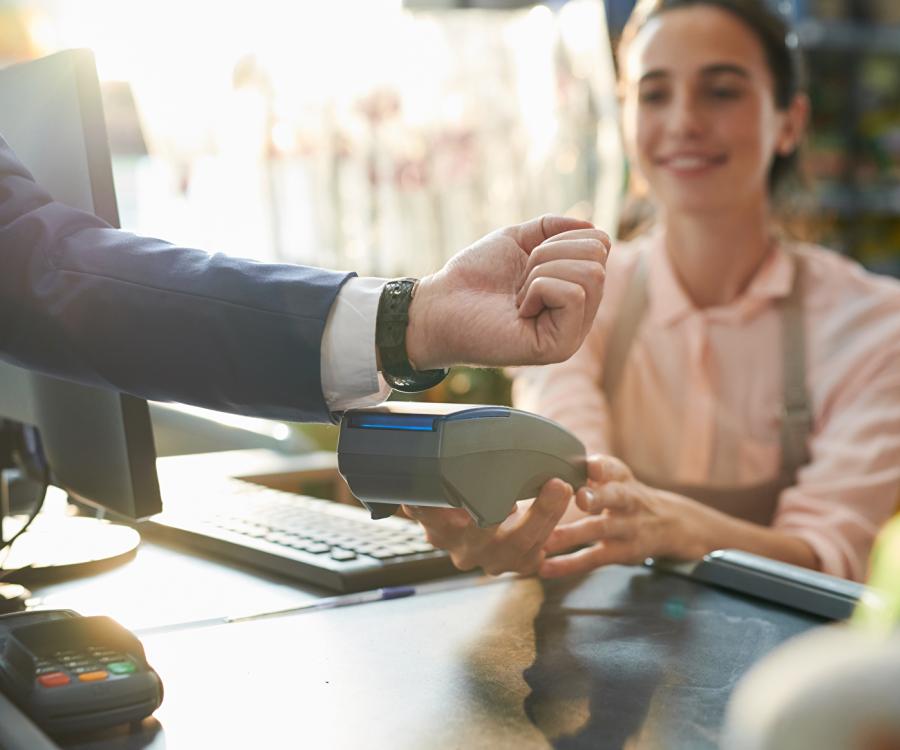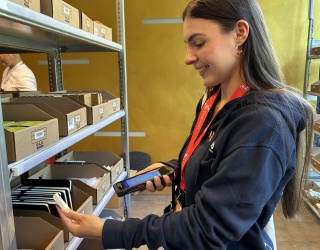
It feels like mainstream mobile payments have been on the precipice for a long time now. Commerce apps have been used by forward-thinking retailers since the early 2000s, three quarters of the UK population use internet banking facilities, and a third of online shopping traffic comes from mobile devices. Yet the same smartphone-centric approach does not exist in the store – at least, not officially.
The retail industry has talked at length about showrooming – shoppers trying a product in-store before buying it cheaper online – and this is symptomatic of our approach to mobile technology generally.
There’s a misconception that using a mobile is a bad thing, which will take activity away from the store. In actual fact, retailers should be encouraging consumers to use their devices in a collaborative manner, to forge the path for the future of mobile transactions and payments.
After all, it’s retailers that need to fly the flag for mobile experiences, as shoppers are still extremely cautious about using their smartphone to pay for items.
A recent International CES panel debate between leading payment providers highlighted that the number one barrier between mobile wallets and consumer adoption is ease of use. Most retailers don’t have the technology in place to support digital payments from the likes of Apple and LoopPay, and switching between two transaction methods is unsettling for many shoppers.
Even without mobile wallet capabilities in place just yet, retailers can begin to address this issue by embracing other mobile-driven technology to start bridging the gap. For instance:
Implement mobile Point of Sale to get consumers used to interacting with a portable device
Promote contactless payments as a first step towards Near Field Communication (NFC) transactions
Integrate consumer mobile apps into the shopping experience, by introducing digital loyalty schemes or linking to added value content through QR codes
Until retail businesses lead by example, mobile payment growth will be gradual. By bringing devices into the store experience in other ways, however, organisations can lay the groundwork and give their customers more convenient, flexible ways to pay – which can only be a good thing.
Source: Secure Retail









